Expansion of End-Use Industries
The expansion of various end-use industries is significantly influencing the Nonwoven Flanging Market. Sectors such as healthcare, construction, and consumer goods are increasingly adopting nonwoven materials for their unique properties, which include durability, lightweight, and cost-effectiveness. For instance, in the healthcare sector, nonwoven fabrics are widely used for surgical gowns, masks, and other medical supplies, which are essential for maintaining hygiene standards. Market projections suggest that the healthcare segment will continue to grow, driven by an increasing emphasis on safety and quality. This expansion across multiple industries is likely to create new opportunities for manufacturers in the Nonwoven Flanging Market, prompting them to innovate and adapt their flanging techniques to meet the diverse needs of these sectors.
Growth in the Automotive Sector
The automotive industry is emerging as a significant driver for the Nonwoven Flanging Market, as manufacturers increasingly utilize nonwoven materials for various applications, including interior components and sound insulation. The lightweight and versatile nature of nonwoven fabrics makes them an attractive choice for automotive manufacturers aiming to enhance fuel efficiency and reduce emissions. Recent statistics indicate that the automotive sector is expected to witness a steady growth rate, contributing to the rising demand for nonwoven flanging solutions. This trend is likely to encourage manufacturers to innovate and develop specialized flanging techniques that cater to the unique requirements of automotive applications, thereby expanding their market presence and enhancing product offerings.
Increasing Focus on Sustainability
Sustainability has become a central theme in the Nonwoven Flanging Market, as consumers and manufacturers alike are increasingly prioritizing eco-friendly products. The shift towards sustainable materials, such as biodegradable and recyclable nonwovens, is gaining momentum, driven by regulatory pressures and consumer preferences for environmentally responsible options. Market analysis indicates that the demand for sustainable nonwoven products is projected to grow significantly, with many companies investing in research and development to create innovative flanging solutions that align with sustainability goals. This focus on sustainability not only enhances brand reputation but also opens new avenues for growth in the Nonwoven Flanging Market, as businesses seek to differentiate themselves in a competitive landscape.
Rising Demand for Hygiene Products
The Nonwoven Flanging Market is experiencing a notable surge in demand for hygiene products, driven by increasing consumer awareness regarding health and cleanliness. This trend is particularly evident in sectors such as personal care, medical, and food packaging, where nonwoven materials are preferred for their absorbent and breathable properties. According to recent data, the hygiene segment is projected to account for a substantial share of the market, with a compound annual growth rate (CAGR) of approximately 6% over the next few years. This growth is likely to be fueled by the rising population and changing lifestyles, which emphasize the need for high-quality hygiene solutions. As a result, manufacturers in the Nonwoven Flanging Market are focusing on innovative flanging techniques to enhance product performance and meet the evolving demands of consumers.
Technological Innovations in Manufacturing
Technological advancements are playing a pivotal role in shaping the Nonwoven Flanging Market. Innovations in manufacturing processes, such as the introduction of advanced machinery and automation, are enhancing production efficiency and product quality. For instance, the adoption of ultrasonic welding and laser cutting technologies is enabling manufacturers to create precise and durable flanged edges, which are essential for various applications. Furthermore, these technologies are likely to reduce production costs and waste, thereby improving the overall sustainability of the industry. Market data suggests that companies investing in these technological innovations are likely to gain a competitive edge, as they can offer superior products that meet the stringent requirements of diverse applications, ranging from automotive to medical sectors.


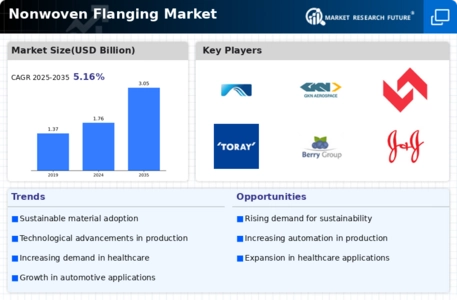
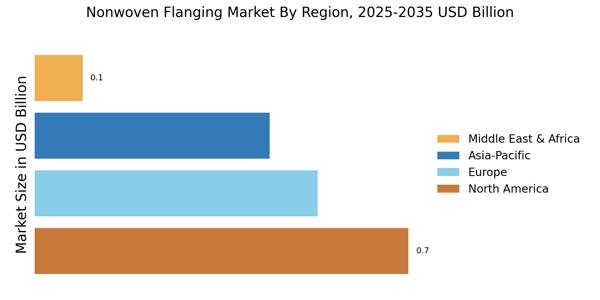
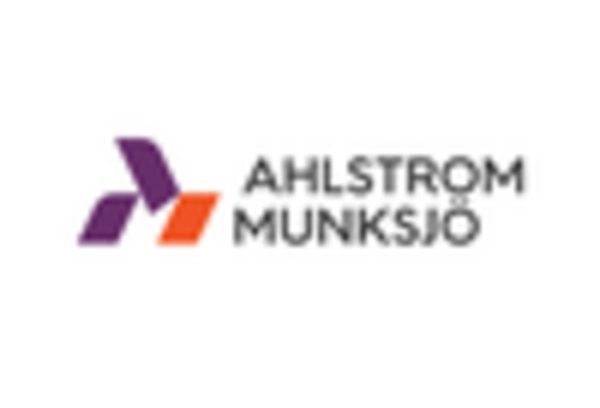
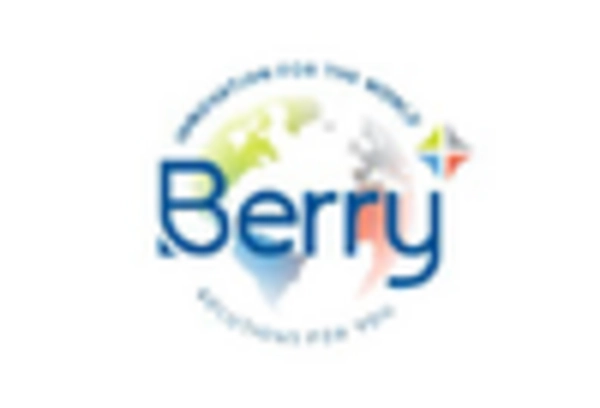

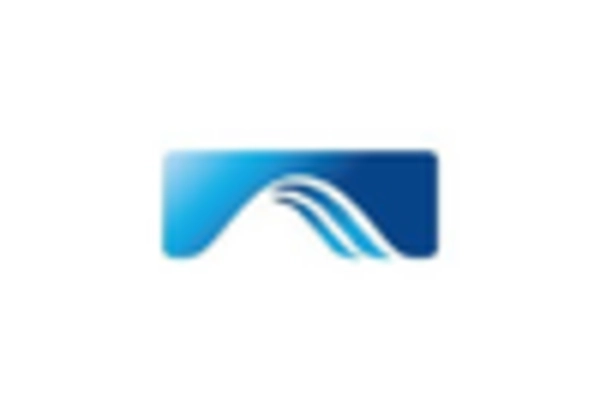
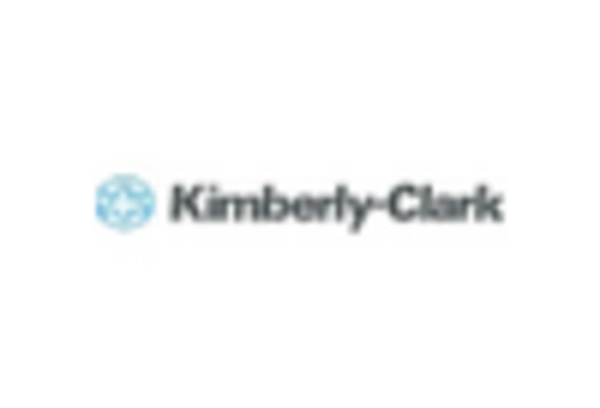
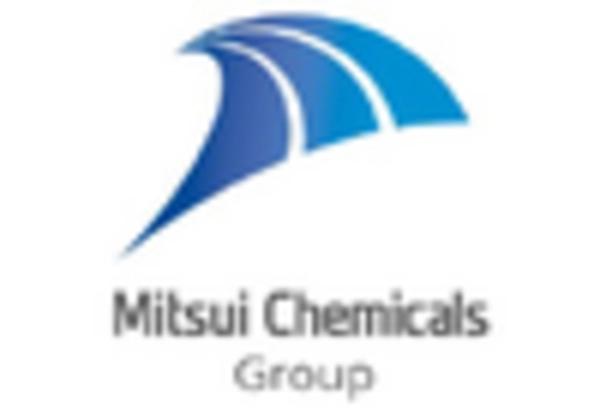








Leave a Comment